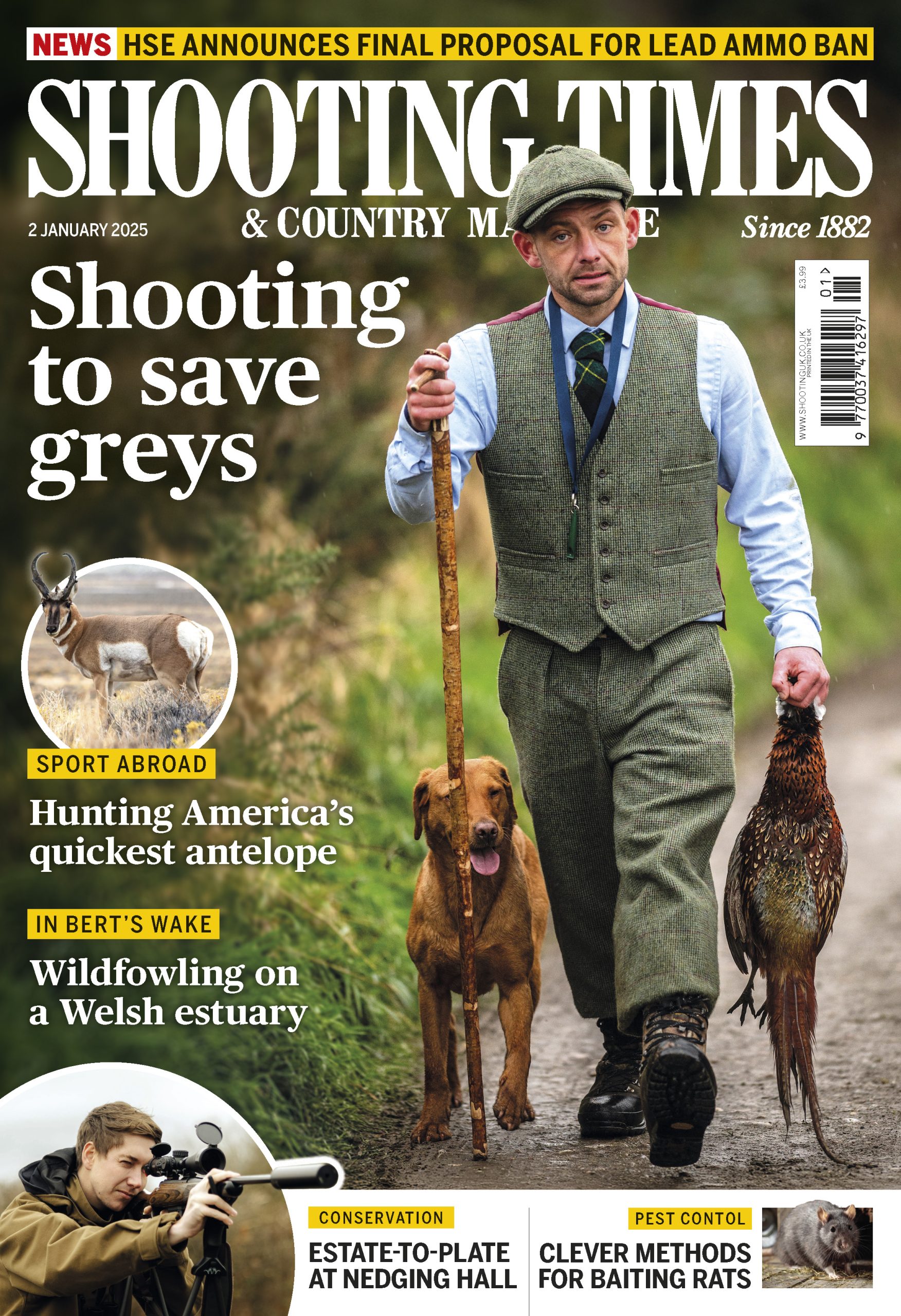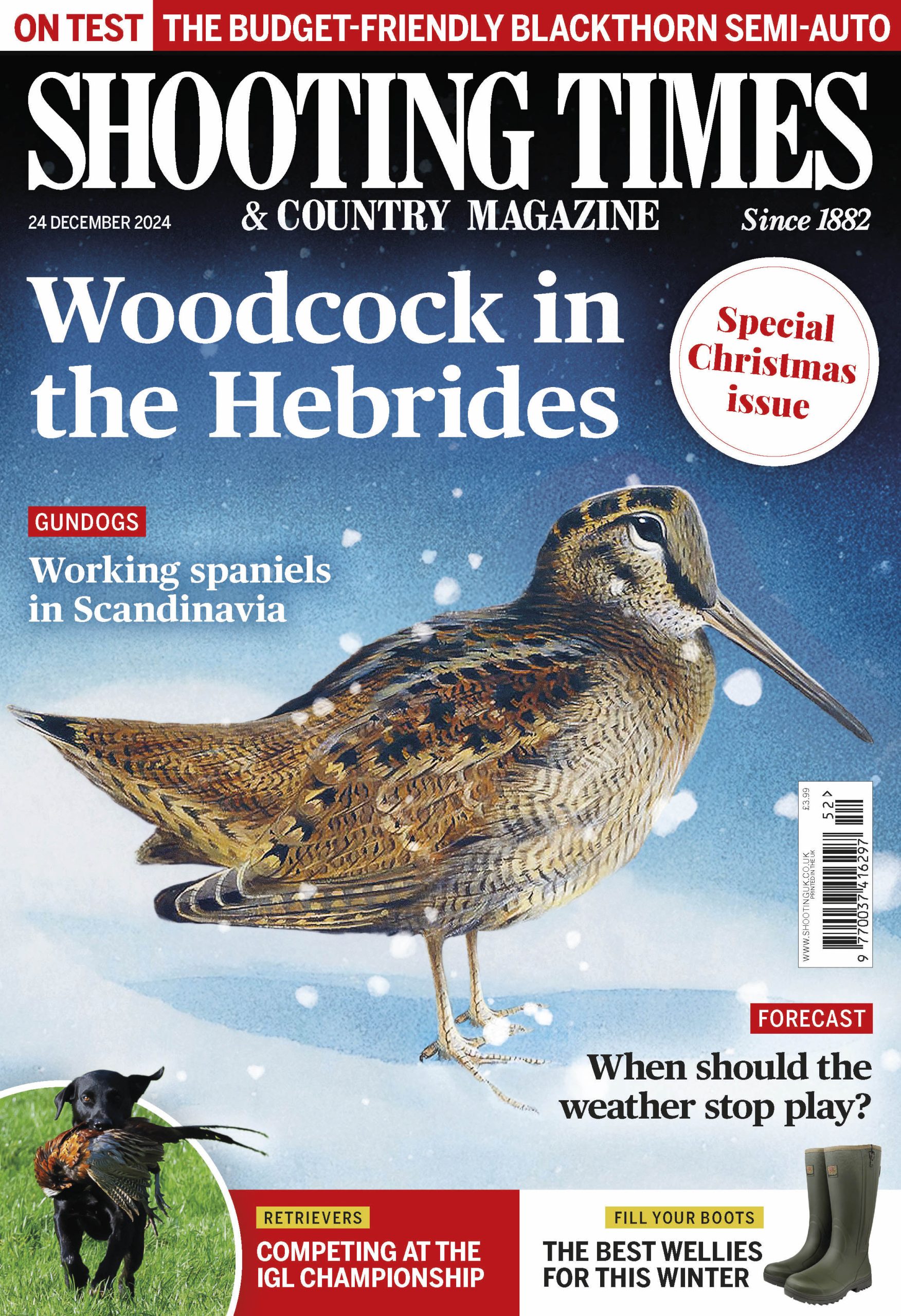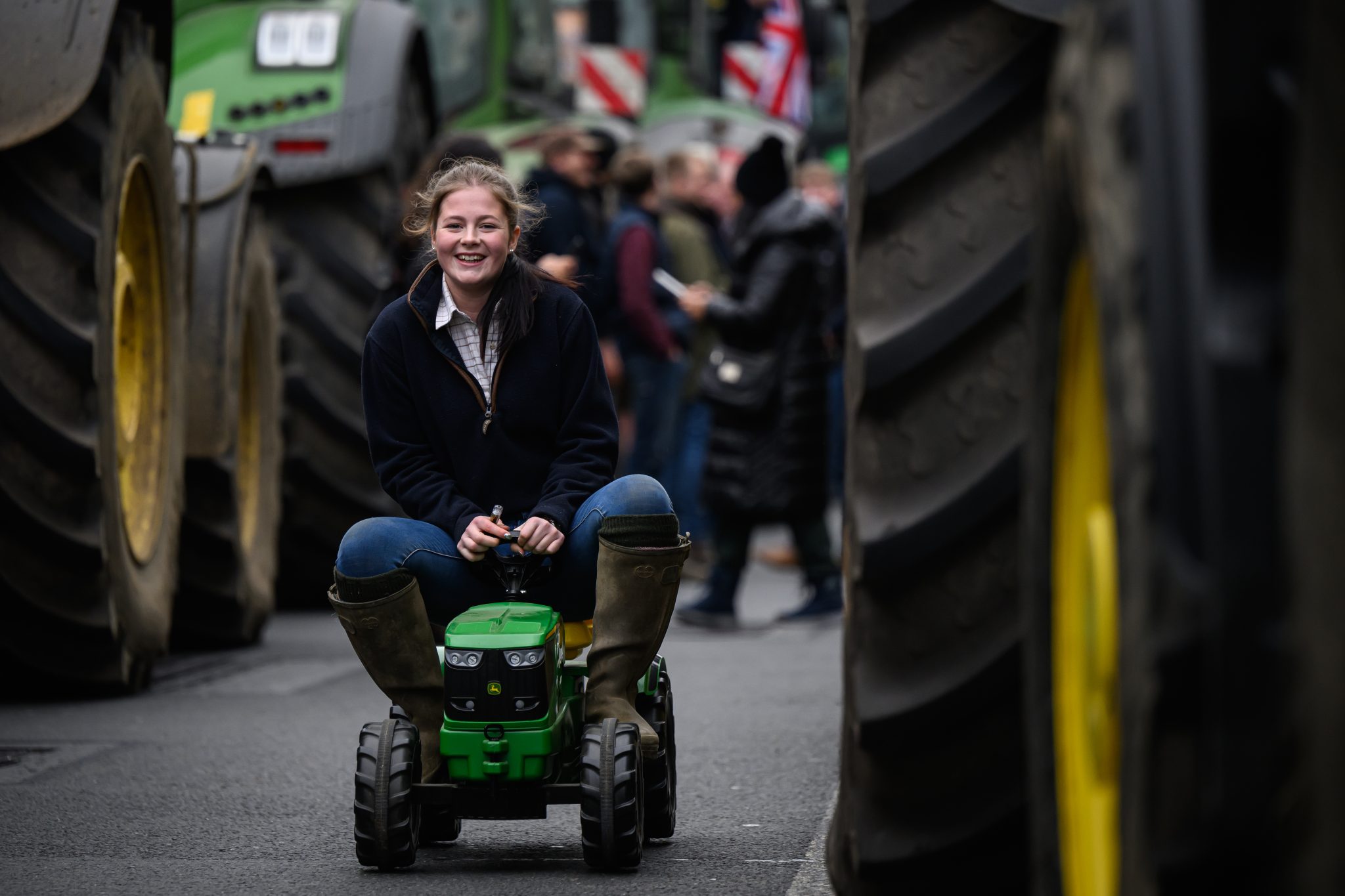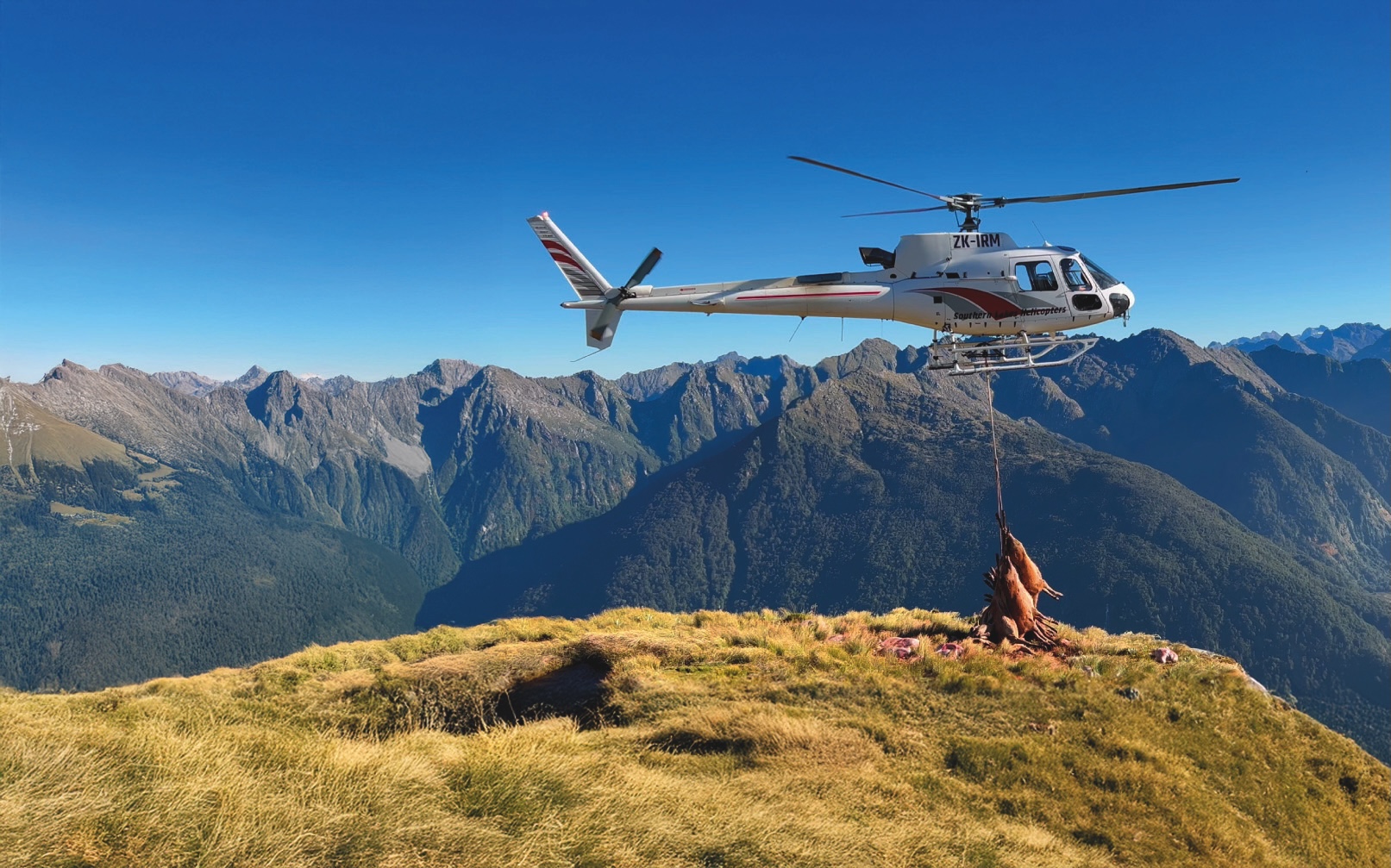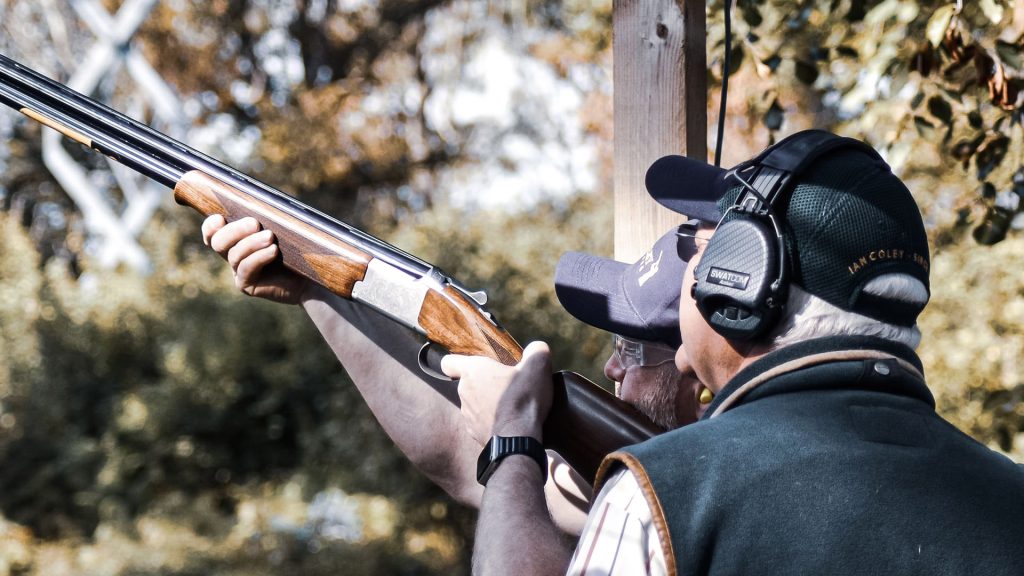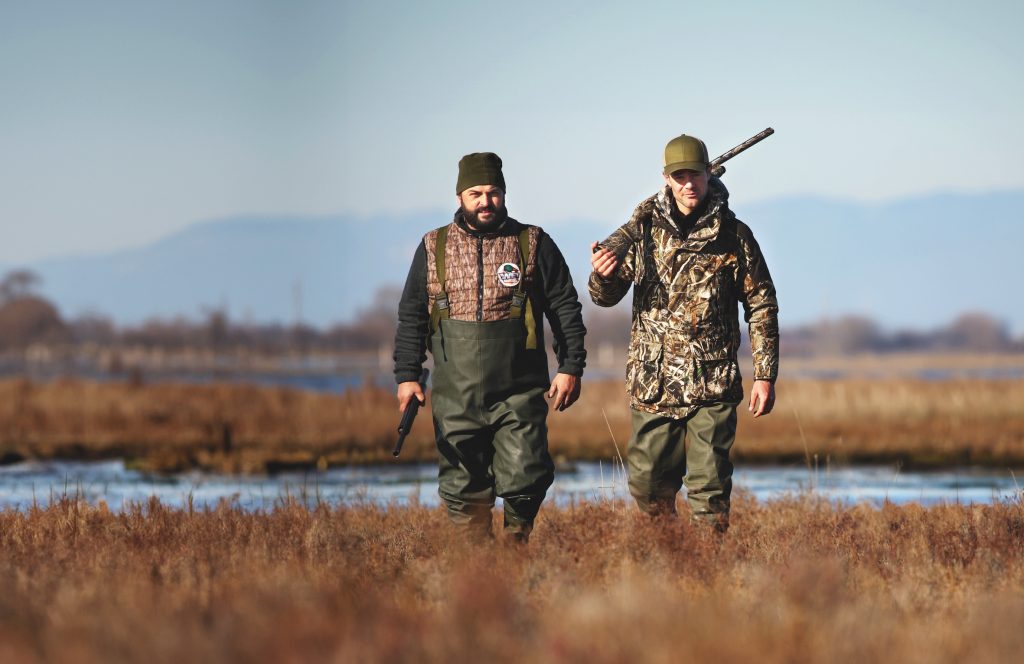Win CENS ProFlex DX5 earplugs worth £1,149 – enter here
All the hidden graft behind a grouse day
Discover the unseen work behind the Glorious Twelfth. From moor repairs to grouse counts and safety briefings, here's how a driven grouse day is prepared.
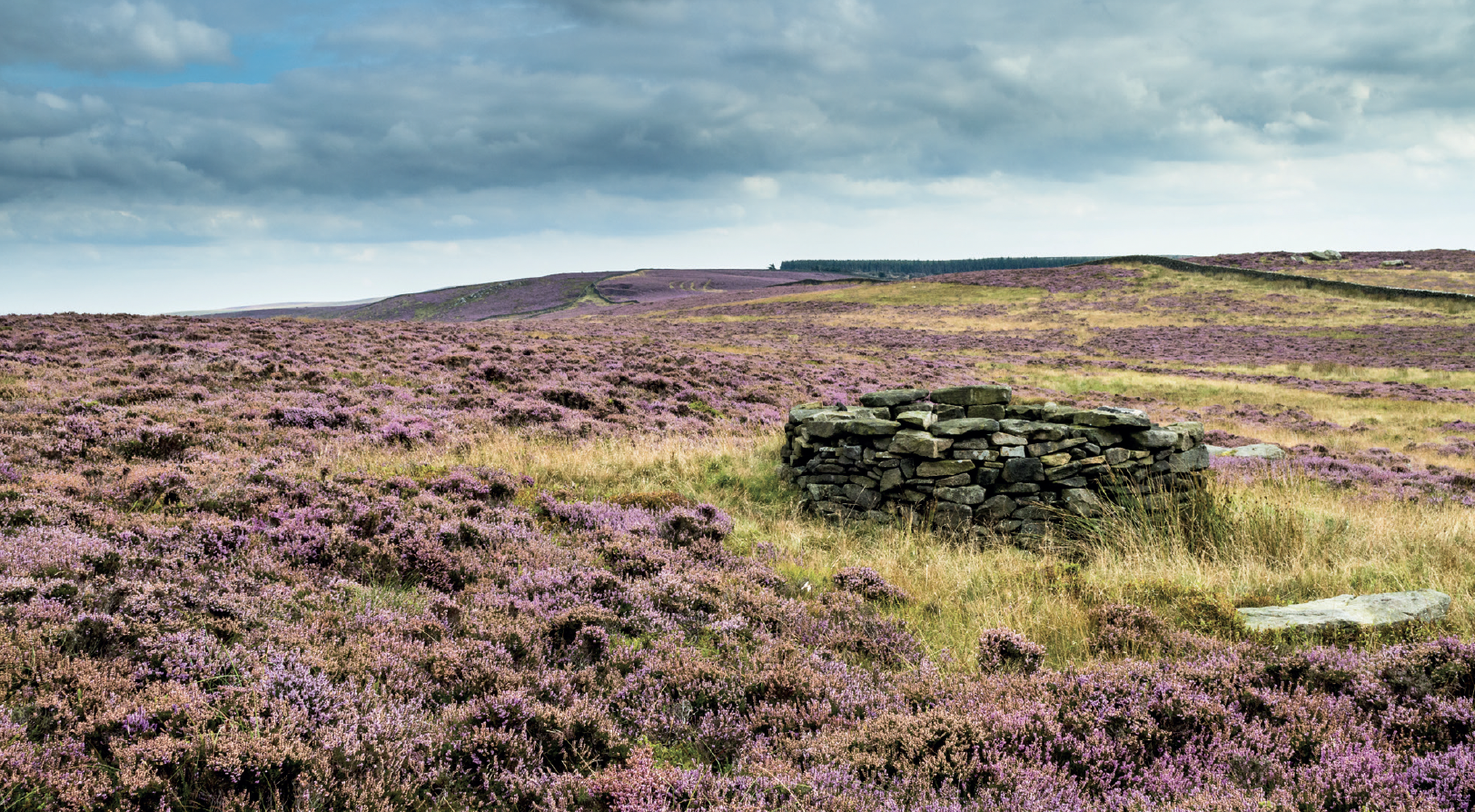
For many in the shooting world, 12 August is more than just a date. It represents tradition, rural heritage and a shoot day unlike any other. But while Guns enjoy the thrill of grouse sweeping over the butts, few see the vast amount of work that makes it possible.
Behind every brace of grouse and every flawless drive lies months of hard preparation, organisation and conservation effort.
The Work Begins in Spring
The signs of a coming season don’t start with the first covey. They begin in spring, when the estate team fires up Land Rovers and heads out to inspect the moor.
Winter leaves its mark. Hill tracks often suffer from deep potholes, blocked drains and washed-out bridges. From May onwards, teams begin repairs. They patch tracks, clear ditches and replace footbridges. Every stile and timber step is inspected and made safe. It’s methodical work that sets the foundation for the season ahead.
Grouse butts are more than simple holes in the ground. Each one must be safe, concealed, and offer the Gun a level, secure platform. It must blend with the landscape while allowing clear arcs of fire.
Over the summer, keepers walk every butt line. They treat wood with stain, patch worn turf, and repaint numbers faded by the elements. These small jobs may seem mundane, but they are critical for both safety and presentation on the day.
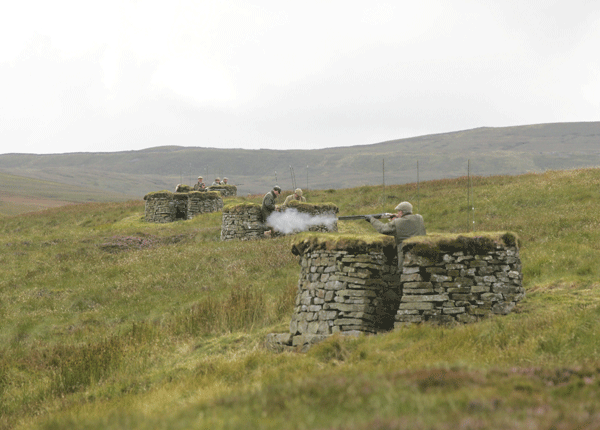
Counting Grouse and Assessing the Moor
By July, the focus shifts to the birds themselves. Grouse counts begin, using pointing dogs to work across the moor in wide transects.
Each flushed covey is recorded, and brood sizes are carefully logged. Keepers assess whether there is a surplus that can be sustainably harvested. In poor breeding years—often caused by bad weather, parasites or heather beetle—days may be reduced or cancelled completely.
These are difficult calls, but they ensure the long-term credibility and conservation value of driven grouse shooting.
As the Twelfth approaches, estates shift into high gear. Beating teams are confirmed, radios tested, and shoot vehicles checked over. Neighbouring estates often coordinate dates and, when needed, share experienced staff to keep operations running smoothly.
Shoot hospitality is planned down to the last detail. From early breakfasts to lunches served in bothies or barns, no part of the day is left to chance. Even the local gamedealer is informed so they’re ready to collect the bag that evening.
On the Day
The headkeeper is often up before first light, running through every detail one last time. While Guns are welcomed and numbers drawn, beaters and pickers-up receive final briefings. Safety procedures are explained clearly, from butt sticks and fire arcs to what to do in the event of saboteurs.
As the first birds sweep low across the butts, months of effort come into focus. Loaders and Guns settle into rhythm. Birds are marked as they fall to guide the pickers-up. Safety remains paramount throughout, with signals, raised hands and watchful coordination.
Behind each fallen grouse, someone will clean up spent cartridges. Dogs work the ground carefully to ensure nothing is left behind.
A Day Remembered
At the close of the day, the bag is counted and birds are chilled. Guns swap stories and express their thanks. For them, it may have been six hours of sport and scenery. For the keepers, beaters and pickers-up, it represents hundreds of hours of effort: rebuilding roads, maintaining butts, tracking bird numbers and preparing the moor.
When done well, a driven grouse day is more than a sporting event. It’s a showcase of craft, conservation and cooperation. And it proves that what happens on the Glorious Twelfth begins long before the first shot is fired.
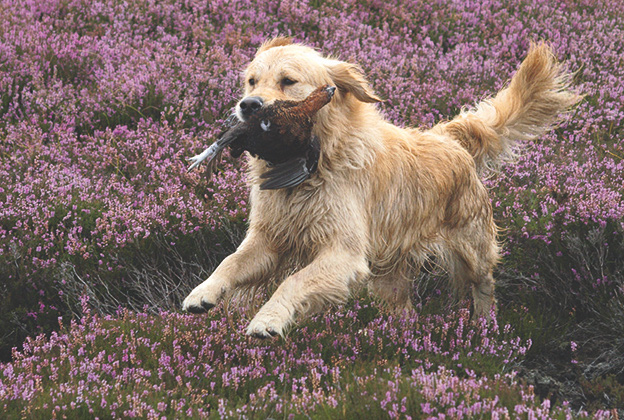
Related Articles
Get the latest news delivered direct to your door
Subscribe to Shooting Times & Country
Discover the ultimate companion for field sports enthusiasts with Shooting Times & Country Magazine, the UK’s leading weekly publication that has been at the forefront of shooting culture since 1882. Subscribers gain access to expert tips, comprehensive gear reviews, seasonal advice and a vibrant community of like-minded shooters.
Save on shop price when you subscribe with weekly issues featuring in-depth articles on gundog training, exclusive member offers and access to the digital back issue library. A Shooting Times & Country subscription is more than a magazine, don’t just read about the countryside; immerse yourself in its most authoritative and engaging publication.
